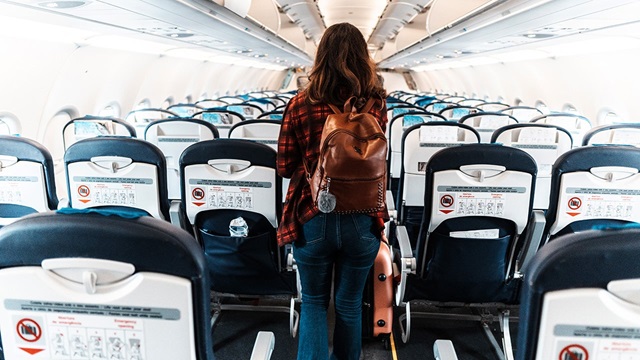Many companies often take a casual approach when purchasing commercial seating yet it is one of the most important decisions you can make as a business. Buying commercial seats has significant short-term and long-term costs and aesthetic, and functional implications.
There are so many options out there when It comes to commercial seating so you need some level of strategy in purchasing to get just what you need as a business. You have to think about the seat features, customizations you may need, materials used (like upholstery fabrics), ergonomics, function and so much more.
This article was written by an expert dealing with the procurement of commercial seats for small and medium-sized businesses. It will discuss some important factors to guide you when making a purchase decision for commercial seats. Plus, you’ll get expert tips on how to test various items so you get the best for your business.
Needs Assessment for Commercial Seating
You need to have a clear picture of how every commercial seat you purchase will be utilized in your commercial space. This includes noting down all the unique or specific needs of your business like the type of flooring you have, the amount of space available, and more. Be very thorough when doing this to get the best value for your money when you make that purchase.
For What Purpose are you buying the Seats?
As part of the needs assessment for purchasing commercial seats, organize a physical walkthrough of your premises or area of use to determine their intended use or purpose. Some examples of commercial seat purposes include furnishing conference rooms, waiting rooms, workstations, lobbies, cafeteria searing and so much more.
There are very deliberate functional and stylistic differences between commercial seats based on their intended use and where they will be located in a commercial space. For instance, you want to get reception area seats that will make a great first impression on your clients. Another great example is break room chairs that are designed to offer maximum comfort at the expense of style.
How Many Seats Are You Buying Per Area?
One thing many businesses overlook is the number of commercial seats they need for a particular area and the amount of space available. You may decide to buy a specific number of chairs but will they fit in your conference room leaving enough space for occupants?
Also, you need to factor in maximum occupancy requirements according to your local fire codes and internal safety protocols. One would argue that this is easily one of the most important considerations when buying commercial seating.
As an example, you may find that purchasing collapsible or folding seats gives you the flexibility to buy more than you need to cater to changing usage numbers. You can work with an expert to take measurements of your office space and advise you and the number of seats that can fit.
Do You Have Any Special Seating Requirements?
You may find that some spaces or individuals have unique or special requirements for seats that you need to factor into your purchase decision. For example, you may need adjustable seats for people can be reconfigured for presentations or collaborations in meeting rooms. Some employees may have special needs that have to be factored in when buying seats for workstations.
Another good example of special seating needs for commercial spaces is reception or customer care workstations. This category of employees spends their entire workday sitting down attending to customers or answering and making calls. They require ergonomic seats that provide the best lumbar support, adjustability, accessibility, and other seat comfort technologies.
Do You Care About Durability?
Durability is a huge factor for commercial seating – it often takes precedence over aesthetics. You don’t want to have to replace office furniture every few months or years! It is important to identify commercial says made with quality materials and sturdy bases made of metal, hardwood, or carbon fiber.
Here are the things to consider when it comes to durability:
Cushion and frame materials- For commercial seats, metal, or solid wood paired with dense seat cushions is the ideal choice.
Comfort- Go for seats that are not only sturdy but also provide sufficient for your employees and visitors. Many manufacturers can strike a balance between sturdiness and comfort so you don’t need to make any compromises.
Weight capacity- Ensure the seats you want to purchase will meet and even exceed weight requirements. This is typically a minimum of 250 lbs for seats that will be used by different people. Ensure you also accommodate special weight requirements in your company.
Personal preferences- Lastly, you may need to ask employees about their specific needs and preferences so you can factor them into the final purchase decision. You want to buy seats that are fit for purpose but also likely to boost productivity in your employees.
All in all, approach buying commercial seats strategically because it is a significant decision that most likely has long-term implications. If unsure, talk to an expert in office furnishing and have them help you get the information you need to make the right choice. All the best!
